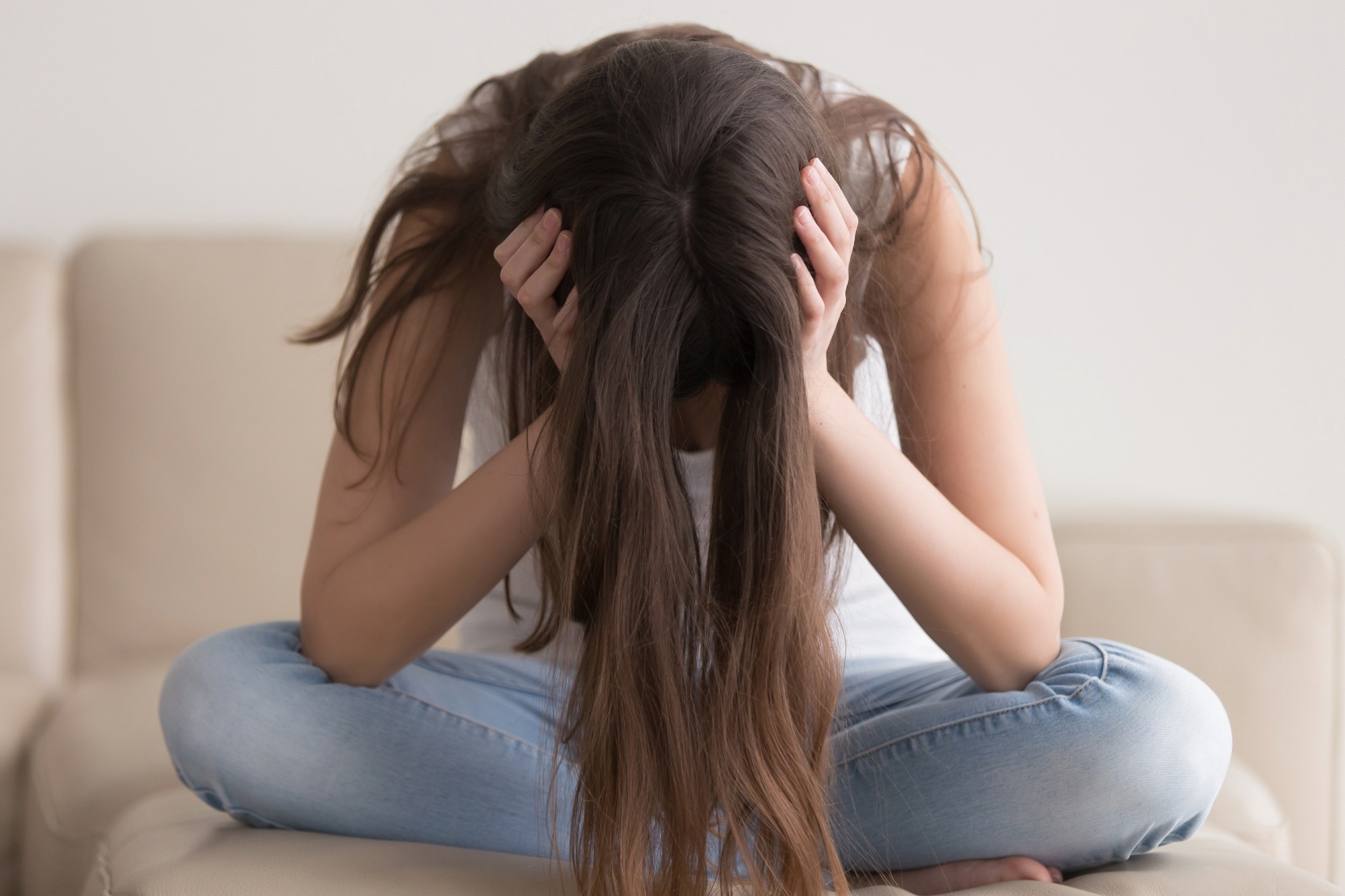Children and adolescents (aged 0–19 years) account for almost 1.9 billion of the global population, most of whom live in low-and middle-income countries (LMICs). This phase of life brings significant emotional and biological changes and the development of social skills. For a smooth transition to adulthood, children and adolescents must be provided with proper health education, including sexual and reproductive health, and supportive environments at home and within communities.
In 2019, around 21.5 million children and adolescents worldwide were diagnosed with mental disorders. However, there is a lack of research reviewing this age group’s mental health impact during the coronavirus disease 2019 (COVID-19) pandemic. Recently, scientists sought to address this shortcoming and reviewed the existing literature to understand the indirect impact, on mental health, of strategies that were applied to restrict the spread of severe acute respiratory syndrome coronavirus-2 (SARS-CoV-2) infection among children and adolescents. This review is available in the BMJ Global Health journal. It provides insights into how the unpremeditated adverse effects on children and adolescents’ mental health could be reduced in a future pandemic.
Study: Indirect effects of COVID-19 on child and adolescent mental health: an overview of systematic reviews. Image Credit: fizkes / Shutterstock
Background
After the outbreak of SARS-CoV-2, several restrictions, such as social distancing, school closures, and mobility restrictions, were implemented globally to stop the further spread of the disease. However, these strategies might have had an unintended harmful impact on the mental health of children and adolescents.
The extent of the impact on this age group depends on various factors, such as educational status, developmental age, pre-existing mental health conditions, family violence, economic underprivilege, bereavement, and the fear of infection.
After the first wave of the pandemic in March 2020, approximately 91% of schools around the world were closed, and many remained closed until the third and fourth quarters of 2021. With home confinement, restrictions in physical activity and socialization, and disruptions in education, anxiety, and uncertainties increased in this age group.
The prolonged home confinement also increased internet and social media use, which exposed children and adolescents to a risky lifestyle through marketing that endorsed unhealthy foods, beverages, and alcohol consumption. Additionally, increased screen addiction also enhanced the risk of age-inappropriate content or sexual exploitation.
About the Study
All reviews associated with the impact of COVID-19-related lockdowns and home confinement measures on the mental health of children and adolescents were included in this study. These reviews were obtained from Embase, MEDLINE, LILACS, PsycINFO, The Cochrane Library, Web of Science, and CINAHL. The quality of the data was assessed. No restrictions on publication language and geographical settings were implemented while screening for relevant reviews. This study considered all relevant reviews up to January 2022.
A Measurement Tool to Assess Systematic Reviews-2 (AMSTAR 2) was used to assess the quality of the reviews included in this study. Based on the AMSTAR 2 tool, 61.1% of reviews included in this study were of critically low quality, and 38.9% were of low quality. Therefore, there is an urgent need to improve mental health measurement tools and data collection for children and adolescents for different research programs.
Study Findings
The initial search process generated a total of 1,672 reviews. Next, the duplicate data was removed, and 1,347 records were screened. Finally, eighteen systematic reviews fulfilled all eligibility criteria and were included in the current study. The majority of the primary studies, i.e., around 48%, were related to China.
The studies included in the current review were broadly observational, which assessed the indirect impacts of the COVID-19 pandemic, such as quarantine, social distancing, school closure, and home confinement, on children and adolescent’s mental health, i.e., the incidence of depression, anxiety, sleep disorders, or posttraumatic stress symptoms. Most outcome measures were online questionnaire-based surveys.
Overall, the pooled prevalence (PP) of depression and anxiety was found to be 32% in children and adolescents during the COVID-19 pandemic. This estimation was conducted without considering whether the candidates had prior mental health conditions or were SARS-CoV-2 positive. Nevertheless, the rate of anxiety and depression was found to be significantly more than in pre-pandemic conditions.
Notably, subgroup differences for the incidence of both depression and anxiety were found across WHO regions, gender, or income levels. In addition, younger age groups were found to be more inclined to develop anxiety and major depressive disorder compared to older age groups.
The economic crisis, disastrous consequences of climate change with floods in Pakistan, drought-induced famine in Somalia, and the conflict in Ukraine and Tigray, have disproportionately affected children.
Conclusions
The detrimental effects of COVID-19-related strategies, such as lockdown, home confinement, school closures, and decreased social interactions, on the mental health of children and adolescents were highlighted in this study. In addition, this meta-analysis indicated a high prevalence of depression and anxiety in children and adolescents during the COVID-19 pandemic. Therefore, the current study emphasized the importance of implementing mental health prevention and management strategies in response to the pandemic.
Source:
- Harrison, L. et al. (2022) Indirect effects of COVID-19 on child and adolescent mental health: an overview of systematic reviews, BMJ Global Health, 7:e010713, https://gh.bmj.com/content/7/12/e010713
